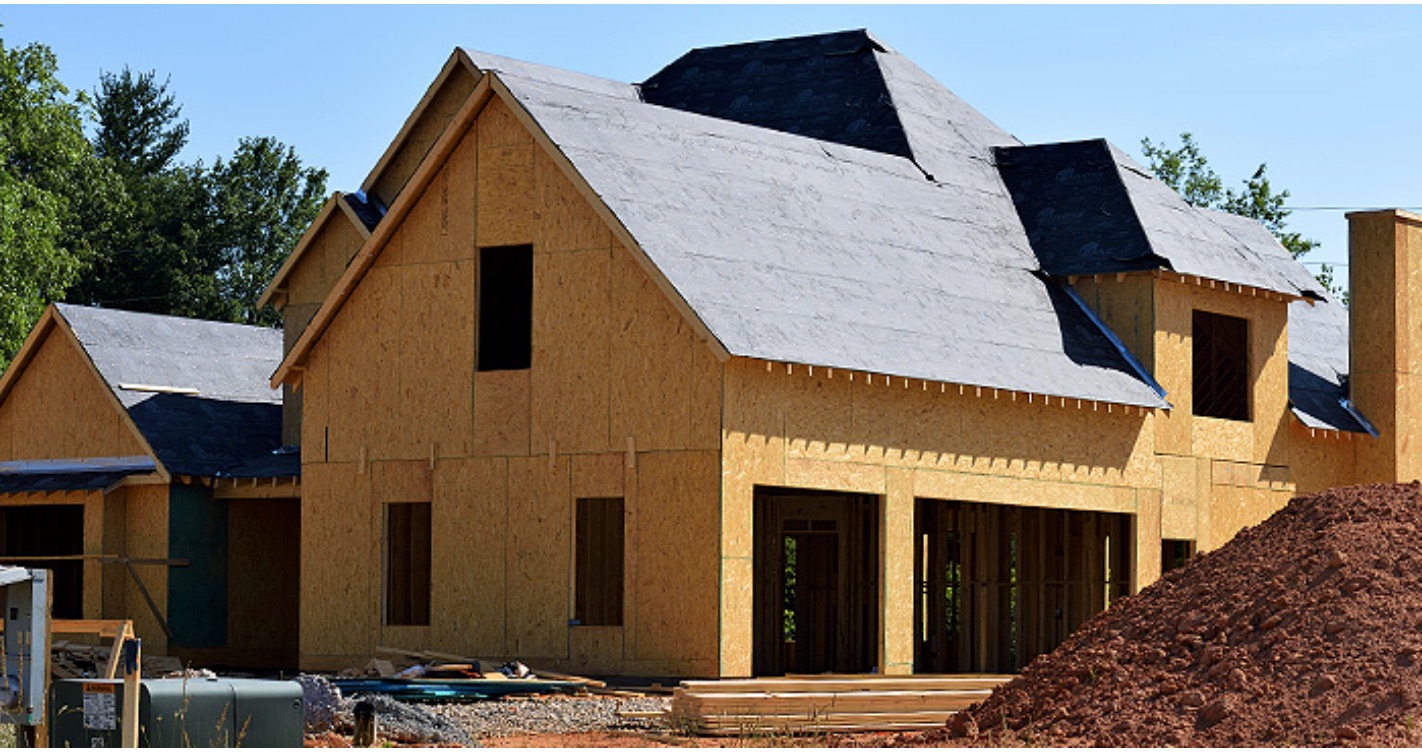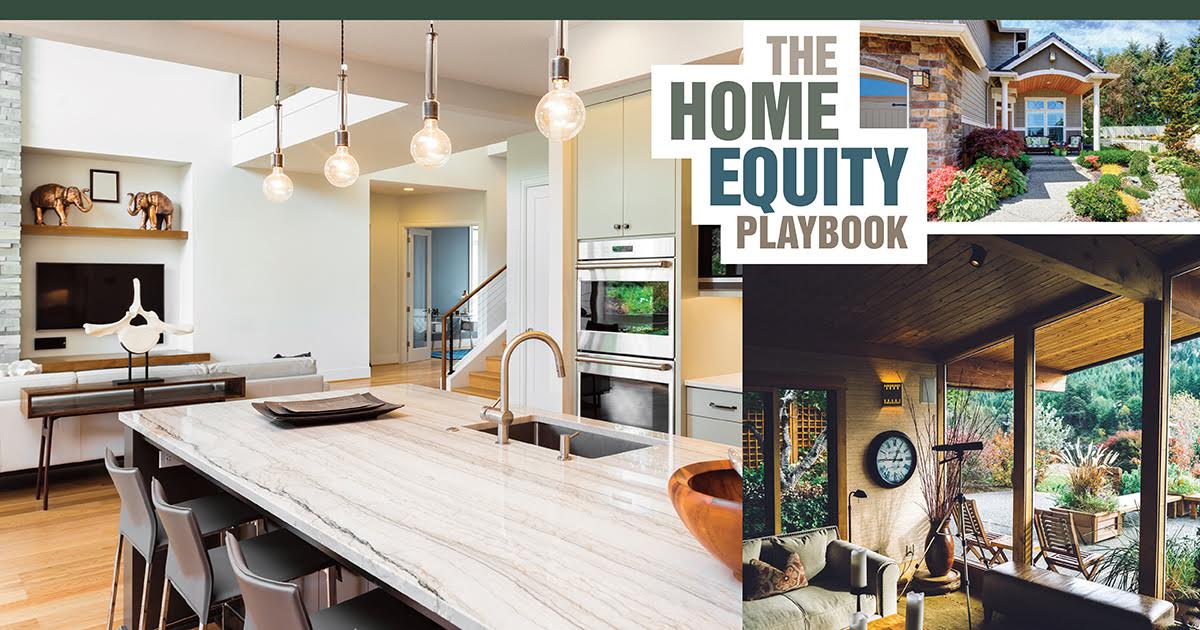It’s a common misconception that you shouldn’t try to buy or sell a home during the fall and winter months.
This is generally considered the “offseason” in real estate. Many sellers mistakenly believe that the cold weather will keep buyers away and that no one is looking over the holidays. Unfortunately, many real estate professionals perpetuate this myth by advising their clients to “wait until the spring” to list their home.
The truth is, homes are bought and sold year round. And while the market is typically quieter during the fall and winter, savvy buyers and sellers know how to use this slow down to their advantage. In fact, depending on your circumstances, now may be the ideal time for you to purchase or list a home.
If you’re in the market to buy or sell, there’s no need to wait for the spring. Read on to discover the top five reasons that it can pay to buy or sell a home during the offseason!
- LESS COMPETITION
What’s the number one reason to buy or sell a home during the offseason? Less competition!
This can be particularly beneficial if you’re a seller. Come spring, a huge wave of new listings will hit the market. But if you list now, you will have fewer comparable homes with which to compete.
In the spring and summer months, it can be difficult for your property to stand out in a crowded market. You may end up with a surplus of homes for sale in your neighborhood. Indeed, it’s not uncommon to see multiple listings on a single street during the peak selling season.
Inventory in the fall and winter months, however, can be significantly lower. That means your home will not only receive more attention from buyers, but you may also gain the upper hand in your negotiations. In fact, research found that homes listed in the winter are nine percent more likely to sell, and sellers net more above asking price in the winter than any other time of year.1
Buyers also have a lot to love about the real estate offseason. While some buyers need to move during the winter, many bargain hunters search this time of year in hopes of scoring a great deal.
Smart buyers will continue to scan the market during the fall and winter for hidden gems that pop up during the offseason. There are always highly motivated sellers who need to sell quickly. And with less competition to bid against you, you’re in a better position to negotiate a great price. If you’ve been looking for a good deal on a home or investment property, now may be the best time to look!
So while a “slow market” may scare off some buyers and sellers, it can actually be the perfect time of year for you to list or purchase a home. While the rest of the market is hibernating until spring, take advantage of this opportunity to get a jump start on your competition!
- EVERYONE’S MORE MOTIVATED
During the spring and summer, you’re likely to encounter “lookie-loo” buyers who are just testing the waters and unrealistic sellers who are holding out for a better offer. But the serious buyers and sellers stay active during the cold weather and holiday season, often because they need to move quickly. In fact, research shows that homes listed in the winter sell faster than any other time of year.1
January and February are peak job hiring months, which brings a surge of buyers who need to relocate quickly to start a new job.2And of course life changes like retirement, marriage, divorce, and new babies come year round. While families often find it more convenient to move during the summer when school is out, the reality is that many don’t have the option to wait. According to the National Association of Realtors, 55 percent of all buyers purchased their home at the time they did because “it was just the right time,” not because of seasonal factors.3
If you prefer to deal with serious, highly-motivated buyers and sellers who want to act fast and don’t want to waste your time, then the offseason may be the perfect real estate season for you.
- GREATER PERSONAL ATTENTION
Another key benefit to buying and selling in the offseason is the increased personal attention you’ll receive.
While we strive to provide unparalleled client service throughout the year, we simply have more time available for each individual client during slower periods. Similarly, we find the other real estate professionals in our network—including title agents, inspectors, appraisers, insurance agents, and loan officers—are able to respond faster and provide more time and attention during the offseason than they are during the busy spring and summer months. The result is a quicker and more streamlined closing process for all involved.
- COST SAVINGS
Clients who move during the offseason often report significant cost savings. Moving costs may be discounted by 15 percent or more during the winter months, and moving companies can typically offer more flexibility in their scheduling.4
Home renovations and repairs can also be less expensive in the offseason.5 Whether you’re fixing up your property prior to listing it or remodeling your new home before moving in, contractors and service providers who are hungry for business are often willing to work for a discount this time of year. If you wait until the spring and summer, you may be forced to pay a premium.
Home stagers and decorators are also more likely to negotiate their fees during the winter. And you can often score great deals on new furniture and decor during the holiday sales.
Whether you’re buying or selling, count cost savings as another compelling reason to consider an offseason move.
- EASIER TO MAINTAIN CURB APPEAL
Finally, listing your home during the fall and winter offers one key—but often overlooked—advantage: less lawn maintenance!
Good curb appeal is crucial when selling your home. According to a recent report by the National Association of Realtors, 44 percent of home buyers drove by a property after viewing it online but did NOT go inside for a walkthrough.6That means if your curb appeal is lacking, buyers may never make it through the door.
If you list your home during the peak of the selling season, we will generally advise you to implement a frequent schedule of mowing, edging, watering, weeding, and trimming shrubs and hedges. You’ll probably want to plant flowers, as well, to brighten your exterior. After all, a lush landscape is a key element in attracting spring and summer buyers.
If you list in the offseason, however, your lawn maintenance list is significantly reduced. While we do recommend that our sellers keep their exterior clean, tidy, and free of leaves, snow, and ice, you will probably spend much less time on outdoor maintenance during the winter than you would if you listed your home in the summer.
ARE YOU READY TO MAKE YOUR MOVE?
Now that you know all the great reasons to buy or sell a home in the offseason, it’s time to decide whether you’re ready to make your move.
Every client’s circumstances are unique. Whether you needto move quickly or you simply wantto take advantages of all benefits this season has to offer, it’s a great time to enter the market.
Give us a call today to schedule a FREE consultation … and you could be ringing in the New Year in your new home!
Sources:
- Redfin –
https://www.redfin.com/blog/2013/12/why-winter-is-the-hottest-time-to-sell-your-home.html#.VjKYm2SrTKI - Top Resume –
https://www.topresume.com/career-advice/the-best-times-of-the-year-to-job-search - National Association of Realtors –
https://www.nar.realtor/research-and-statistics/research-reports/highlights-from-the-profile-of-home-buyers-and-sellers - Angie’s List –
https://www.angieslist.com/articles/why-winter-can-be-best-time-move.htm - Build Direct –
https://www.builddirect.com/blog/the-best-times-of-the-year-to-get-deals-on-home-remodels/ - National Association of Realtors –
https://www.nar.realtor/sites/default/files/reports/2017/2017-home-buyer-and-seller-generational-trends-03-07-2017.pdf







